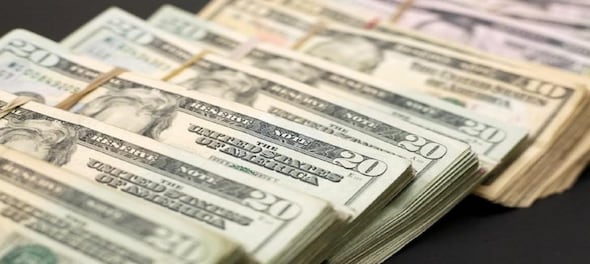
With India’s foreign exchange reserves well over half a trillion dollars and enough for a year of the country’s total imports, it is hard to imagine a time in the early 1990s when they had depleted to just two weeks of import cover. Indeed, the forex crisis of 1991 still haunts all those who lived through that period.
Following the oil crisis of the 1970s and rising agricultural subsidies leading to a ballooning fiscal deficit which by 1990-1991 was up to 9.4 percent. Through all this, the balance of payments situation had deteriorated sharply. By March 1991, against the country's foreign debt of about $72 billion, its forex reserves had dropped to $5.8 billion and were virtually in a free fall. There was a desperate need to raise funds from multilateral agencies and banks abroad.
This was also a period of political turmoil in the country with three governments in three years led in turn by V.P. Singh, Chandra Shekhar and finally Narasimha Rao. Consequently, the onus fell on the Reserve Bank of India (RBI), to ensure that the country didn’t plunge into sovereign default.
Also Read
India had substantial reserves of gold in its banks including with the RBI and it was what the policymakers turned to for help in tiding over the crisis. First off the mark was the State Bank of India which in January 1991, decided to raise forex by leasing some gold. Post the government’s approval in April, 20 tonnes of confiscated gold was sent abroad to raise forex to the tune of $234 million. Former RBI governor C Rangarajan explained in an Indian Express column how the transaction had a repurchase option attached to it.
But this was too small a tranche to have a material impact on the problem. A far bigger intervention, by the RBI and the government, was needed. There were several issues involved in clearing any large such deal. Indians have an emotional attachment to gold and the messaging of the country having to send its gold reserves outside the country could have led to panic. Despite that, the caretaker government of Chandra Shekhar took the eminently sensible advice of the RBI to pledge the gold.
What followed was a complex and largely confidential operation whereby nearly 47 tonnes of gold was shipped off to destinations abroad in four tranches through July. This helped raise about $400 million for the government.
By this time a new government led by Narasimha Rao at the head of a coalition of parties came to power. Even though the decision to pledge the gold had been taken by its predecessor, Rao and his new finance minister Manmohan Singh backed it to the hilt.
Even as the dust was settling on the shipments of the gold, the Rao government liberalized the economy, opening the floodgates to foreign investment. Before the year had ended, India had paid off the loans for which the gold had been pledged.
—Sundeep Khanna is a former editor and the co-author of the recently released Azim Premji: The Man Beyond the Billions. Views are personal.
(Edited by : Priyanka Deshpande)
First Published: Feb 21, 2022 6:04 PM IST
Check out our in-depth Market Coverage, Business News & get real-time Stock Market Updates on CNBC-TV18. Also, Watch our channels CNBC-TV18, CNBC Awaaz and CNBC Bajar Live on-the-go!


Lok Sabha election 2024: A SWOT analysis of DMK vs AIADMK in Tamil Nadu
Apr 19, 2024 1:22 AM
Exclusive: FM Nirmala Sitharaman says poverty alleviation can't be achieved by throwing money at the problem
Apr 18, 2024 7:27 PM
Tamil Nadu Lok Sabha elections 2024: List of Congress candidates
Apr 18, 2024 4:33 PM
Will the payment under PM-KISAN be increased? Here's what Finance Minister said
Apr 18, 2024 3:58 PM

